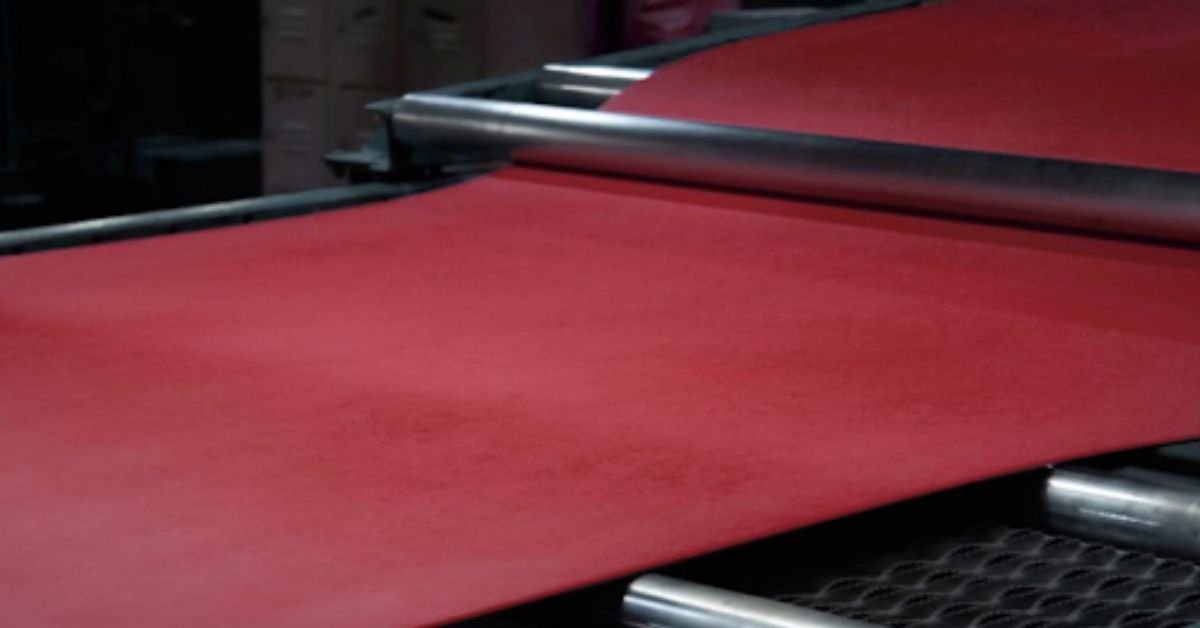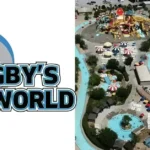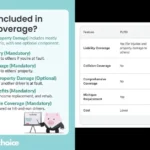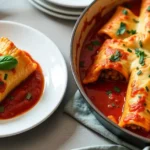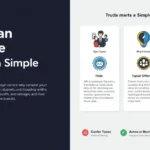When it comes to materials that perform well in the shop—not just in spec sheets—KYDEX® consistently leads the pack. Whether you’re vacuum forming, CNC machining, membrane pressing, or miter folding, it delivers reliability across every stage of production. This FAQ answers the most common questions engineers, designers, and fabricators ask when considering KYDEX® for real-world builds.
1. What makes KYDEX® ideal for fabrication?
It’s a single-layer, color-through thermoplastic sheet that’s easy to form, bend, cut, bond, and brand—without chipping, delaminating, or requiring paint or sealants.
2. What are the best forming methods for KYDEX®?
KYDEX® excels in vacuum and pressure forming, offering tight draw ratios, clean detailing, and consistent wall thickness—even on complex shapes.
3. How does KYDEX® behave during vacuum or pressure forming?
It forms between 160–205°C, with low shrinkage and good dimensional memory. Parts come out with sharp definition and don’t require extensive trimming or refinishing.
4. Can it be brake-formed for simple bends and flanges?
Yes. Heated brake bending is commonly used for forming flanges, returns, and angled features—especially in architectural and modular applications.
5. What’s miter folding and why does KYDEX® excel at it?
Miter folding involves routing a V-groove and heating the sheet for a clean fold. KYDEX® allows seamless, tool-free corners—great for enclosures and kiosk wraps.
6. Is KYDEX® easy to CNC machine?
Very. It can be routed, milled, and drilled using standard woodworking or plastic tools, with minimal burring or tool wear.
7. Will routed or machined edges look clean?
Yes. KYDEX® is a color-through material, so machined edges match the surface color and don’t require touch-ups.
8. Can KYDEX® be post-formed or trimmed after fabrication?
Yes. It maintains its structural integrity after forming and trims cleanly without cracking or deformation.
9. Does it need to be painted or laminated after forming?
No. The sheet comes with built-in texture, color, and gloss—eliminating the need for post-finishing.
10. What adhesives work with KYDEX®?
It bonds well with solvent cements (MEK, THF), acrylic adhesives, and epoxies. It also supports thermal and ultrasonic welding on select grades.
11. Is it compatible with membrane pressing?
Yes. KYDEX® is widely used in membrane pressing applications, especially for furniture, cabinetry, and branded surface assemblies.
12. How does it handle lamination to rigid substrates?
It bonds cleanly to MDF, phenolic board, and other substrates using hot- or cold-press techniques, with long-term surface stability.
13. Can you engrave, print, or decorate KYDEX®?
Yes. It supports laser etching, hot stamping, digital printing, and screen printing on appropriate surface textures.
14. What tools are best for cutting and routing?
Sharp carbide-tipped tools used for plastic or wood are ideal. Dust collection is recommended due to fine particulate.
15. What’s the recommended minimum bend radius?
Approximately 1.5× the material thickness. This ensures the integrity of the fold and maintains surface aesthetics.
16. How tight are the tolerances after forming or machining?
Tolerances are tight—especially with pressure forming and CNC finishing. Post-form shrinkage is minimal and predictable.
17. Is KYDEX® suitable for seamless corner construction?
Yes. Using miter folding or membrane pressing, designers can achieve seamless joints for clean aesthetics and hygienic performance.
18. Can KYDEX® be modified or trimmed in the field?
Absolutely. It can be reheated, bent, cut, or drilled with standard tools—ideal for retrofit and modular applications.
19. How does it compare to ABS or FRP in terms of workability?
It’s easier to form and finish than ABS, and more consistent than FRP. Unlike laminates, it won’t delaminate, chip, or absorb water at the edges.
20. How much post-processing does KYDEX® typically need?
Very little. Most parts come out of the forming process ready to use. No painting, coating, or edge sealing required.
21. Can KYDEX® be used in assemblies with other materials?
Yes. It bonds and fastens well with metals, plastics, and composites. It’s commonly used in multi-material modular designs.
22. What’s the typical turnaround time for KYDEX® fabrication?
Because it requires fewer post-process steps, projects using KYDEX® often move faster through production—especially in low to mid-volume runs.
23. Does KYDEX® support sustainable production?
Yes. Many grades include post-industrial recycled content and can be reground for use in closed-loop fabrication systems.
24. What part types are best suited to KYDEX®?
Panels, enclosures, kiosks, equipment housings, carts, trays, guards, and any formed structure that needs to be tough, cleanable, and code-compliant.
25. Where can I get technical help for KYDEX® manufacturing?
Fabricators with expertise in KYDEX® forming, machining, and finishing—especially those offering full DfM support—can ensure material and process alignment from day one.
Need full-service support for your next KYDEX® project?
RapidMade offers design, engineering, forming, machining, and branding solutions tailored to KYDEX® applications across aerospace, healthcare, retail, and industrial markets.
Visit RapidMade.com or contact info@rapidmade.com
Certified. Scalable. Built to Perform.

